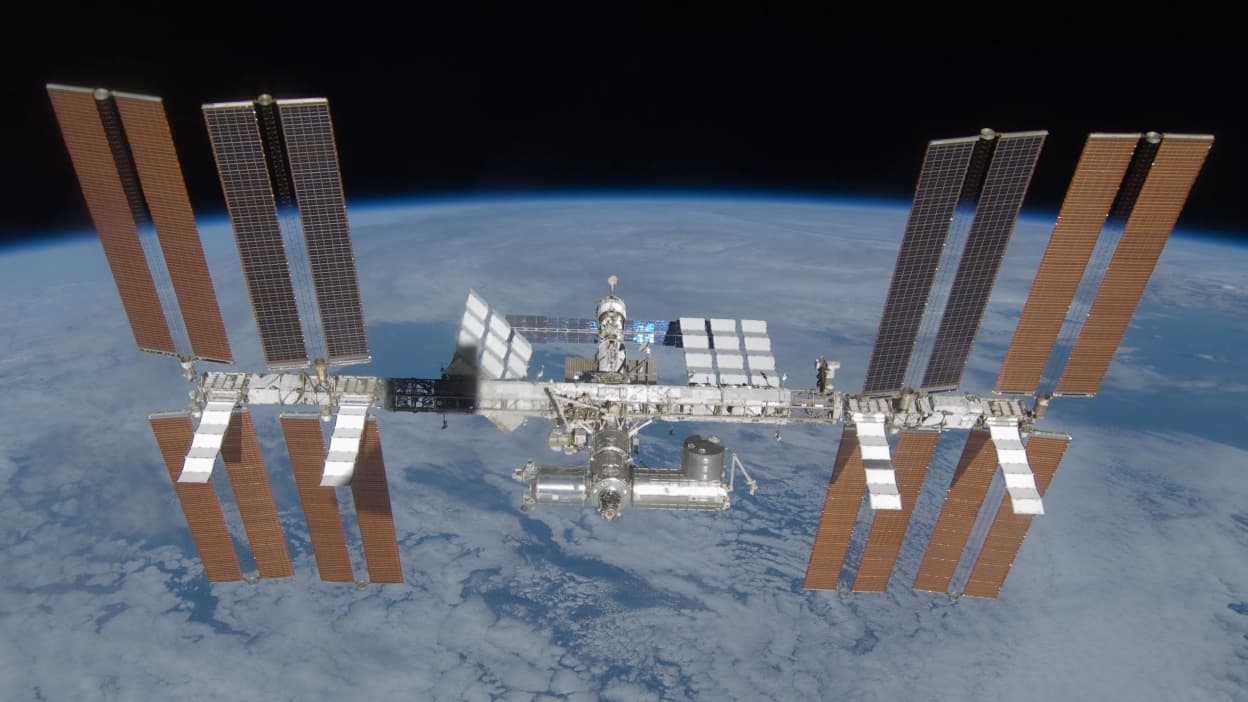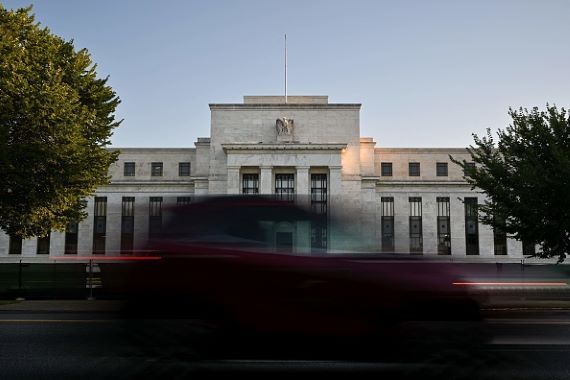(Photo: Getty Images)
WASHINGTON, — The second phase of the fight against inflation has begun in the United States, as the central bank, after raising its rates very sharply since the spring, is slowing the pace and dramatically lowering its growth forecasts for 2023.
On Wednesday, the US central bank raised its key interest rate by half a percentage point. This is now in a range of 4.25 to 4.50%, the Fed announced in a press release released after its meeting, noting that the decision was made unanimously.
This is the highest level since 2007. And the Fed warned that it is not yet time to stop: further increases “would be appropriate,” the institution said.
Its officials even plan to bring it past 5.00%, while they saw it peak at 4.6%, during the previous forecast, published in September. And they should stay high for a while.
Because the rise in prices showed, of course, a “welcome slowdown,” as Fed Chairman Jerome Powell emphasized, during a press conference at the end of this meeting.
But he believes that “it will take significantly more evidence to be confident that inflation is of course a moderating trend”.
However, this shift marks the beginning of a new stage in the fight against inflation, which is a priority for the Fed.
Faced with prices rising to their highest level in more than 40 years, the Fed has pulled out the heavy artillery, raising rates by three-quarters of a point on four occasions, a level of increase not resorted to since 1994.
But the effects of his decisions take months to be felt. And now a recession threatens.
The New York Stock Exchange finished in the red on Wednesday, after the Federal Reserve’s tougher-than-expected tone.
slow decline
The Fed is a little less bullish than it was in September on the inflation path, and now sees it slowing to just 3.1% in 2023, compared to 2.8% previously, according to its preferred PCE indicator, and wants it back around 2%.
For 2022, you would expect 5.6% versus 5.4% three months ago.
It also significantly lowered its growth forecast for 2023, and is now based at 0.5% versus 1.2% previously. However, it raised it slightly for the year, also to 0.5%, against 0.2% previously.
The institution does not mention a recession for next year, despite the risks arising from its fight against inflation, which may slow economic activity more than necessary.
Jerome Powell said, “I don’t think anyone knows whether or not there will be a recession” in the US.
The Fed’s key interest rate, through March, was between 0 and 0.25%, a floor level intended to support the economy during the Covid crisis by stimulating consumption.
It was also spurred on by the particularly high level of American savings, just as many goods were becoming more difficult to obtain due to global supply difficulties and labor shortages. As a result, prices have skyrocketed.
“Structural labor shortage”
If it starts to roll back, it will still be slow.
Inflation slowed sharply in November, to 7.1% from 7.7% in October, according to the CPI.
As for the unemployment rate, currently 3.7%, the Fed sees it rising to 4.6% in 2023 and 2024, just above the 4.4% it previously forecast, which “is still very strong,” the Fed chair commented.
He said employers should struggle to hire in the near future, as the country faces a “structural labor shortage”, with “4 million people lost”. He explained, early retirement, a million and a half deaths from Covid, and inadequate immigration.
This forces companies to raise salaries to attract applicants and retain employees.
“I don’t think we’re in a spiral of rising prices and wages,” Treasury Secretary Janet Yellen told reporters last week.
The European Central Bank, which meets on Thursday, could slow its pace, having worked since July on monetary tightening unprecedented in its history.

“Music guru. Incurable web practitioner. Thinker. Lifelong zombie junkie. Tv buff. Typical organizer. Evil beer scholar.”







More Stories
Expected congestion Several areas to avoid on the road this weekend
Bombardier records a decline in profits and revenues
Business jet manufacturer Bombardier wants to “refresh” its brand